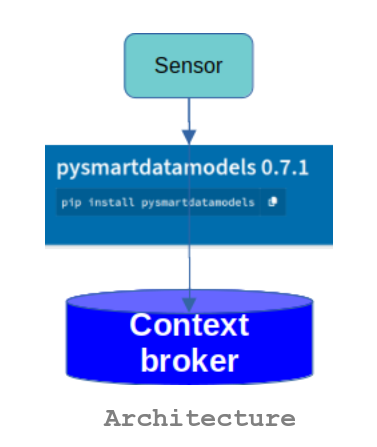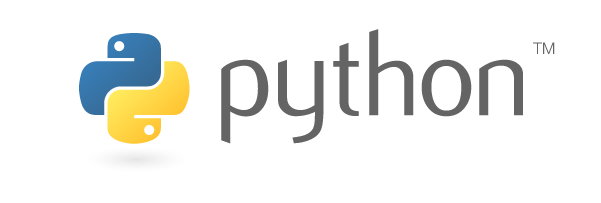New data model Berth in the subject Marine Transport of the domain Smart Logistics.
- Berth. This data model is intended to provide information about Berths. We define ‘berth’ to each stop of a ship during a PortCall, both for a port-facility (berth) and as an anchorage area. Each berth has a berthing time (estimated, planned, etc.), a lifecycle (estimated, requested, approved, etc.), an main activity during the stop (commercial operations, major repair, etc.) and a number of attributes described below. When commercial operations take place, an Operation entity will define the details of each commercial operation














